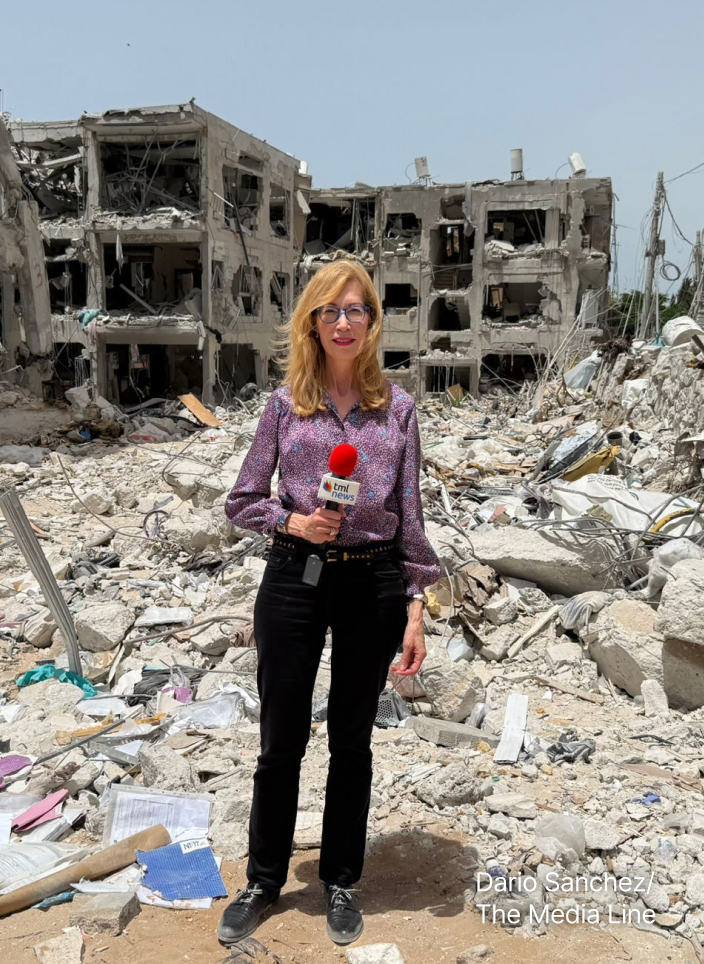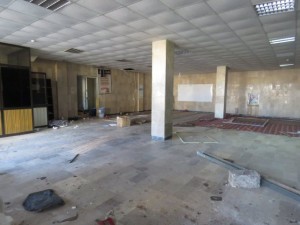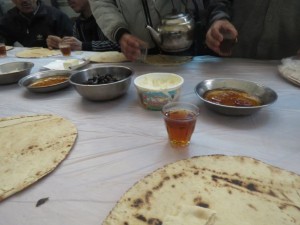ISIS are facing setbacks, pushed back mainly by the moderate Syrian opposition. One of the areas liberated from ISIS is Tishrin Dam, a dam that supplies areas in Northern Syria and Syrian Kurdistan, with water. It was the Syrian Democratic Forces, a coalition group of different factions fighting the Syrian regime, that were able to capture the dam from ISIS, making them loose a strategic position.

The Dam (Photo: Hawzhin Azeez)
An international group that is dedicated to the reconstruction of Kobane and areas that were destroyed by ISIS, Kobanê Reconstruction Board, recently went to visit Tishrin dam, and the member Hawzhin Azeez, also the woman behind the page The Middle Eastern Feminist, shared these photos and allowed them to be republished here. The only photos not republished are those portraying corpses. This is Hawzhin Azeez’s description of the visit:
“I am sharing some late images of Tishrin dam (from) when we visited a few days after its liberation. Tishrin was liberated on the 26th of December by the Syrian Democratic Forces (SYD) after being under Daesh control for over two years.
Tishrin is an incredible dam, not least of all because of the fact that it sits cradled in a beautiful lush valley, in an otherwise dry and arid land. But also because of what Tishrin implies for the people of Rojava who have survived for the past two years under incredible economic and political conditions, exacerbated significantly by lack of access to water and electricity which Tishrin provides.
Give the gift of hope
We practice what we preach:
accurate, fearless journalism. But we can't do it alone.
- On the ground in Gaza, Syria, Israel, Egypt, Pakistan, and more
- Our program trained more than 100 journalists
- Calling out fake news and reporting real facts
- On the ground in Gaza, Syria, Israel, Egypt, Pakistan, and more
- Our program trained more than 100 journalists
- Calling out fake news and reporting real facts
Join us.
Support The Media Line. Save democracy.



Tishrin dam’s 6 water turbines can be seen here (Photo: Hawzhin Azeez)
ISIS’s terrorism extended to not only physical violence and terror but also a deliberate and comprehensive policy of destroying or taking key infrastructure and service buildings. Make no mistake ISIS is a great strategist and despite issues with the lower rank terrorists the organisation has caused significant and long term damage to Rojava through its calculated infrastructural damage. This also included extensive placement of hand made booby traps, mines and other unexploded ordinances.

Booby trap making supplies (Photo: Hawzhin Azeez)
Inside Tishrin, ISIS had created an “education center” for children- literally a terrorist training center, including small child sized Qurans. One of the pamphlets left over detailed the fact that members could take any women among the population so long as they received the emir’s permission.

The children’s training room (Photo: Hawzhin Azeez)
Another notable room was the “Palace Room” where the Emir would receive his guests, a grand room that now lay tattered following the fierce battle to liberate Tishrin.

The palace room (Photo: Hawzhin Azeez)
Tishrin city, now resembling an eerie ghost town, was empty of the Emirs and their families and supporters. On the streets children’s bikes, baby strollers and even passports lay scattered. The only reminder across the dam and the city was painted black signs of ISIS flags but also, the dozens of dead ISIS fighters’ bodies (luckily they did not smell too much as they were still relatively fresh corpses but also because of the cold winter) across the streets and the city. In one of the streets there were remnant of booby trap making supplies left.
Finally, at the end of the tour of the city we came across an Arab family, who tentatively came forward initially and then proceeded to hug and kiss us. The family had three daughters, two in early 20s and one that was perhaps no older than 15. The mother told us that she had hid her daughters for over two years in the basement of her house in fear of them being taken by Daesh. I hugged the girls who smiled back shyly as the hevals checked the village homes for remaining Daesh members. Their sweet shyness hid what horrors they may have experienced or what they had to do to survive under the two long years their family was terrorised by Daesh. The hevals told us that they had found a Daesh member, who claimed to be only a driver for Daesh hiding under a car the afternoon before.
A few days after our visit Daesh had launched a second offensive in a futile attempt to recapture the dam. Many have died defending it, but liberating Tishrin has brought Rojava a significant and decisive step forward towards consolidating its revolutionary goals and objectives. We are working hard to ensure that Tishrin provides services again ASAP to the people of Kobane and Rojava. For us, Tishrin represents and symbolises hope and life, liberation and self-sufficiency.”

Photo: Hawzhin Azeez
The Kobanê Reconstruction Board having lunch with the engineers of Tishrin who had continued to run the dam under IS. The visiting group were asked not to show the faces of the men for security reasons.
J.C. Carlbom, describes herself as, “a Swedish writer and former humanitarian aid worker with a thing for the Middle East.” Her writing can be found on her blog Sweden and the Middle East Views [3].